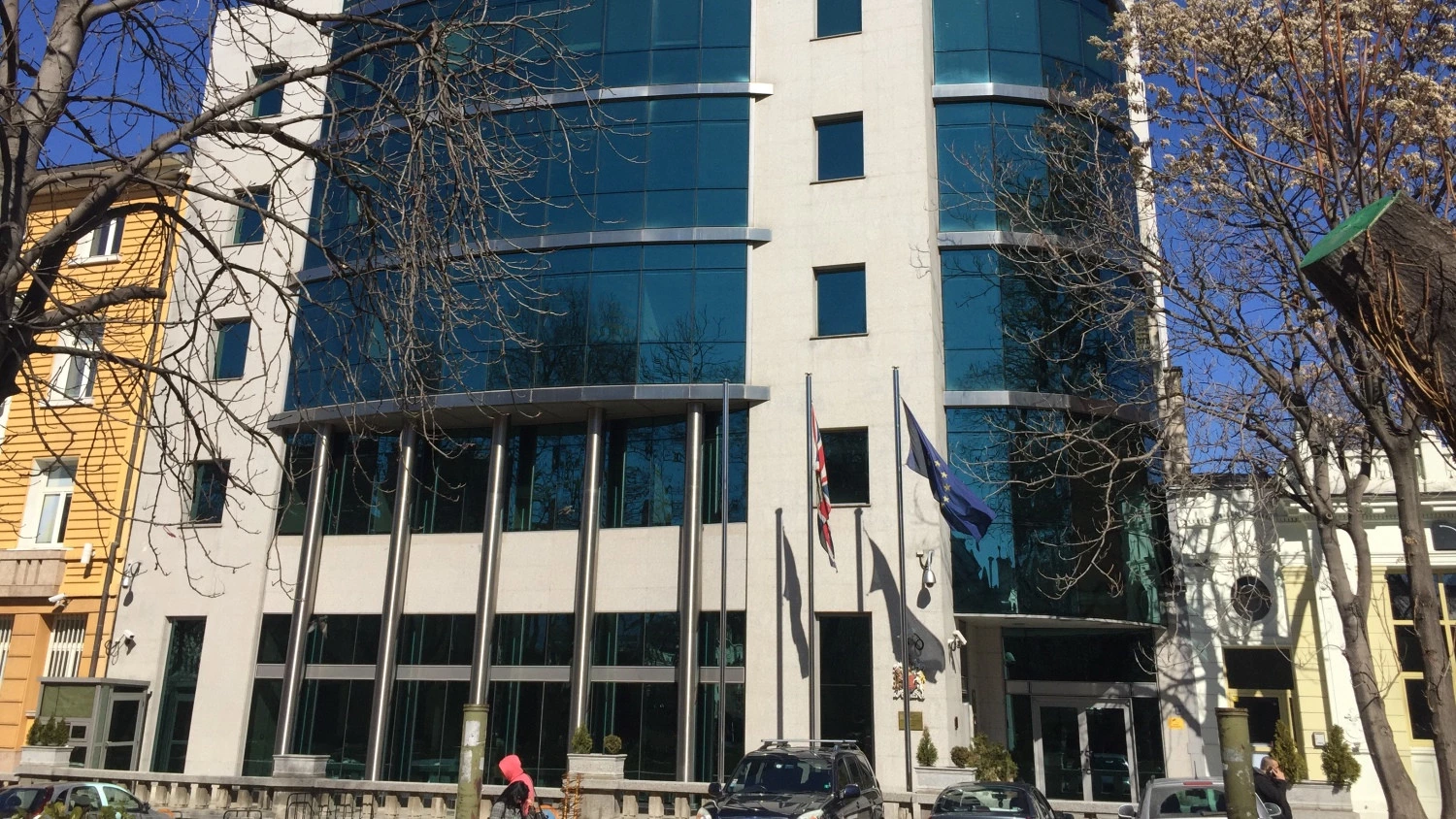
Sofia's office market faces shifting demand and moderating construction, according to a report by the real estate company MBL for the second quarter of 2023. Changing work patterns and preferences for hybrid models have raised concerns about the future demand for office space. The capital's vacancy rates decreased slightly, while rental rates remained stable. Investors are approaching the market with caution due to inflation and remote work practices. Despite the moderate activity, there is a potential for modern, well-located office spaces to attract higher occupancy and investment interest.
Inventory & construction activity
The class A and class B office space inventory in Sofia reached 2.510 million sqm in Q2 2023, with Five submarkets (CBD, Tsarigradsko Shosse Blvd, Bulgaria Blvd, Business Park Sofia, and Hladilnika) accounting for 60% of all existing space. Construction activity has increased by 20% yearly, amounting to 242,000 sqm at the end of Q2 2023. Nearly half of the construction activity is taking place in Tzarigradsko Shose Blvd andHladilnika holds 46% of the space currently under construction.
Demand
The office market in Sofia registered a positive net absorption for the period of 18,000 sqm for Class A office space and a negative one of 3,200 sqm for Class B, demonstrating that demand for Class A offices prevailed during Q2 2023. According to an MBL survey conducted during the first quarter of 2023 among 100 office occupiers, 65% of the respondents are planning to increase their headcount shortly, while only 23% forecast an increase in their office space. These results and the fact that 84% of the surveyed are either applying a hybrid working model or working completely remotely are showing that demand for office space may be negatively affected and slow down over the next few years. New lease acquisitions amounted to 27,000 sqm for the quarter.
Vacancy
Vacant space in class A and B office buildings at the end of Q2 in Sofia stood at 422,000 sq.m which derives to a vacancy rate of 16.8%. Compared to the previous quarter, the vacancy rate has decreased by 0.4%, and on an annual basis by 0.9%. Suburban submarkets continue to have the highest vacancy rate (18.8% on aggregate) as they also hold the largest portion of office space. The most significant increase in vacancy is observed in. Midtown submarkets, where asking rents are usually higher than peripheral locations while most of the buildings in this area cannot offer the same conditions as modern offices in some suburban areas such as parking, modern HVAC systems, and other installations, which naturally shifts tenants' interests. Currently, the available office space that is actively marketed in both existing office buildings and projects under construction stands at approx. 560,000 sqm as of Q2 2023, marking an 11,000 sq.m decrease compared to the previous quarter. At present, Tsarigradsko Shose Corridor accounts for 32% of all available space on the market, followed by Hladilnika and CBD with 11% share each.
Rental rates
During Q2 2023, rental rates did not experience significant changes. The asking rents for Class A office space, with a few exceptions, are in the range of €12.50 - €15.50 per sqm, depending mostly on location. In a couple of centrally located properties, the asking level is over € 16.0 per sqm. Class Brents also did not demonstrate any major shifts. They mostly range between €8.5 and € 10.5 per sqm.
Market outlook
The commercial real estate market has been gradually adapting to volatile economic conditions in recent years, bringing high inflation, raised interest rates on loans, and slowing demand due to remote work practices. As the hybrid working model was imposed in the post-pandemic office market, the need for abundant office space became obsolete and companies are already searching for solutions. Renting less space and subleasing is becoming common practices for classic offices, but on the other hand, an opportunity for coworking and flex spaces has emerged to fill the gaps in tenants' needs. The oversupply of office stock and the expensive cost of debt already result in raised cautiousness of investors which may limit the start of new projects and lead to moderate construction activity in the following years. As a rule, yields follow interest rates. As they are increasing, it is expected yields to be on the rise as well. Furthermore, shifts in demand will also grow risk in the sector which will have the same effect on yield levels.
Investment activity
Inflation is on a downward trend and central bankers are unlikely to continue pursuing aggressive monetary tightening for too long. At the same time, lending terms in Bulgaria are still pretty competitive despite headlines, urging cautious economic optimism. However, after some encouraging signs of investment activity (ca. €30 million in total deal volume) in the first quarter, the second one failed to register any noteworthy investment deals. Modern assets with the right mix of construction quality, amenities, and accessibility are likely to always enjoy higher occupancy, rental levels, and investment appetite, whereas assets of lower quality and inferior location may be compelled to reevaluate their asking terms.
While not with immediate effect, increasing interest rates are likely to push yields higher as well. With global economies still fearing geopolitical and market uncertainties, there is more than one reason to expect a rise in transaction yields. MBL remains cautiously positive regarding the local office investment market, as the aforementioned fluctuations might as well attract new, yield-hungry investors filling the void and creating a healthier competitive environment for existing market players.



